Table of Contents
Introduction
Mt Everest Sleeping Beauty – Mount Everest is the highest peak in the world, with an altitude of 8,848 meters. The top of the mountain cover with snow throughout the year. The atmosphere is harsh, and the air rarefied. It is known as the “third pole of the earth.” Everest On the border, the environment on the northern slope of China is worse than on the southern slope of Nepal. Summit The difficulty is also more significant.
For a hundred years, human beings have been challenging Mount Everest after successively conquering the North and South Poles, all wanting to be the first country and individual to reach the top of Mount Everest. But until 1953, New Zealand Mountaineering Edmund Hillary and the Sherpa guide Tenzin Norgay climbed Mt Everest Sleeping Beauty for the first time, and humans could climb Mount Everest.
The “Sleeping Beauty” Who Bravely Defied Mount Everest
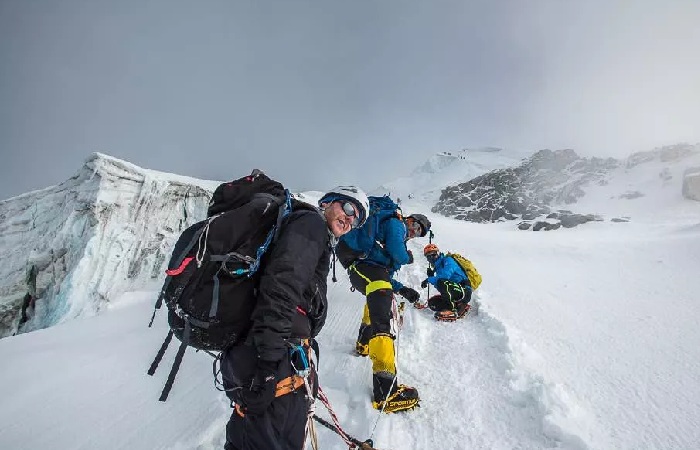
Frances Ascentif was born in the United States in 1958. Due to the influence of family culture, she has always had an adventurous spirit and longed for. The exciting an exciting life, making her bolder than the children of the same age. And it is that the daring who dare to challenge it -with the help of the sherpas- must not only climb in highly complex terrain, which has mud and snow, but according to the Top China Travel portal, they must also face the height where oxygen begins to be scarce. This phenomenon causes people to experience intense headaches and nausea, among other discomforts. On average, it takes people eight to ten days to reach its peak. But although we have seen this colossal mountain in series and movies, which locate in the Himalayas, marking the border between Nepal and China, the truth is that it hides a rarely touch secret.
Corpses on Mt Everest Sleeping Beauty Being Used as Landmarks
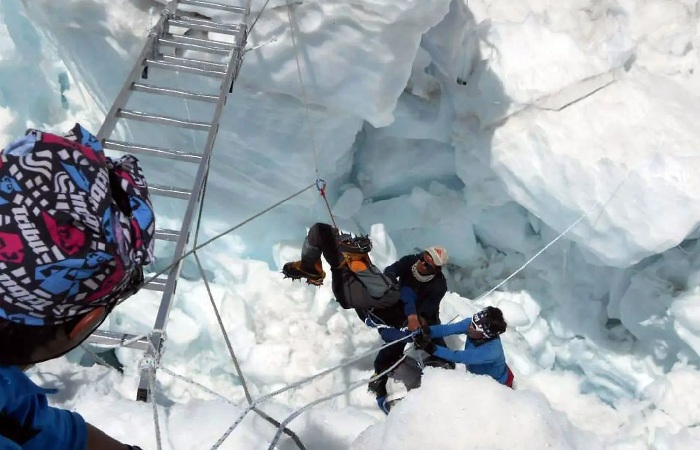
Despite all the controversy generated on the Internet between Mt Everest Sleeping Beauty and the Ecuadorian volcano Chimborazo, the former remains the highest peak above sea level at 8,846.4 kilometers. This impressive height makes it quite a feat to reach this point. Few people succeed, and many perish in the attempt. And the bloodiest of all is that many of those who have died on Everest remain there in full view of new visitors because their bodies have not been able to rescues.
We refer to the bodies of Everest, which are the corpses of those who have died in their attempt to challenge these more than 8,000 meters high. Because as dreadful as it may seem, the truth is that most of these remains are kept in the same place where the person lost their life. Whether from avalanches, injuries from horrific falls, hypothermia, or other health problems caused by the extreme conditions, nearly 200 dead bodies remain on Everest. Why are these bodies rescued by the authorities? The answer is much more straightforward than many believe: because it is too dangerous.
The Mummies of Everest: They Died and Remained for Years
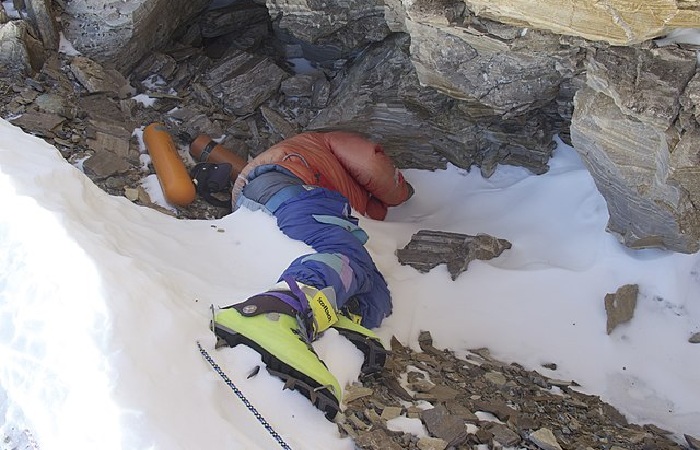
Walking under these conditions is already highly complex, so carrying another body would only endanger the climber’s life. Arriving with helicopters is also not feasible due to the risk it would imply. From 8,000 meters, climbers enter what is known as the “death zone,” a sector where acclimatization becomes highly complex.
Suppose we add to this the low temperatures (in January, the coldest month, the average temperature at the summit is -36ºC, although it can reach -60ºC) in addition to the complex terrain. In that case, we can understand that rescue becomes impossible. This is why we will face a difficult situation if a person suffers from altitude sickness, frostbite or another accident preventing them from moving independently.
Of the 200 corpses on Everest, 150 have found. On the access routes to the top, 40 bodies remain where perish. Many have not recognize, so climbers baptize them with other names and use as reference points. One of the best-known bodies is that of Indian climber Tsewang Paljor, who died in 1996 in a storm. Since then, the corpse “rests” near the summit of the north side of Everest.
Unexpectedly, the Fate of Mt Everest Sleeping Beauty
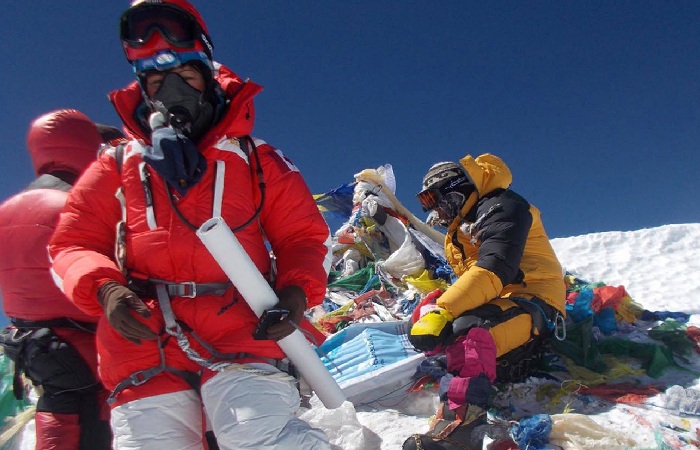
Today they call it Green Boots, which appears or disappears depending on the weather conditions. When it sticks out of the snow, climbers must go through its outstretched legs. But undoubtedly, one of the most impressive stories is that of Francys Arsentiev, a woman who, in May 1998, became the first woman to reach the top of mt Everest Sleeping Beauty without oxygen.
After achieving her goal, she began the descent in the company of her husband, Sergei. However, the harsh weather conditions caused the couple to separates by accident in the middle of the dark at night. In this complex scenario, Sergei return to base camp, thinking his wife would do the same. Unfortunately, upon arrival, he realized that Francys was not there. As the NZ Herald newspaper reported, the climber took additional oxygen tanks and went looking for her. That would the last period he seen alive.
A day later, other climbers found Francys semi-conscious. After supplying her with all the oxygen they could, they tried to drag her, but it was impossible. It was then that they understood that continuing with her would only end up dead, so they had to make the difficult decision to abandon her to her fate. “Don’t let me die here,” the woman asked. Some time later, one of the expedition members, Cathy O’Dowd, remembered how Francys asked, between sobs, that they not leave her while the group moved away from the mountain.
From then on, Francys is known as ” Sleeping Beauty.”
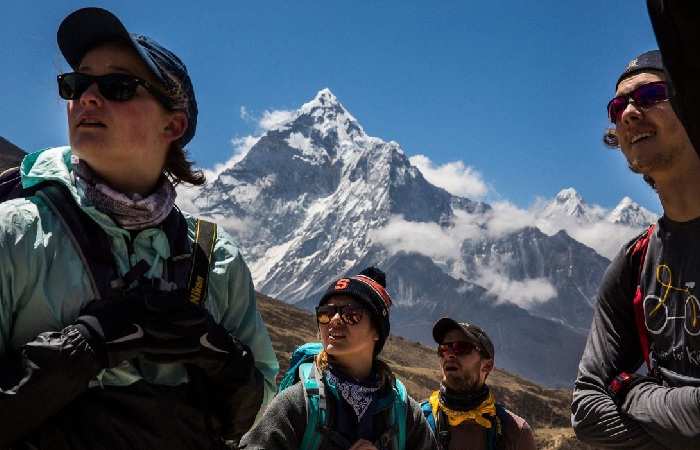
The Sherpas, a mountain ethnic group whose name has become synonymous with mountaineering guides, are the foundation of Nepal’s Himalayan industry.
They have a good reputation for their physical abilities in high mountains, where breathing becomes more difficult. According to a British scientific study, their acclimatized body uses oxygen more efficiently than the inhabitants of the plains. However, according to the Agence France-Presse news agency, the increasing demand for guides makes finding Sherpas dedicated to this trade increasingly tricky. Therefore, the last entrants to the sector can quickly obtain greater responsibilities.
“Young Sherpas are powerful and think they can do everything when they can’t. The old Sherpas go slowly but surely,” said Phurba Tashi Sherpa, head of Sherpas at the Himalayan Experience agency. Who climbed 21 times to the top of Everest a few weeks ago. It should note that a seasoned Sherpa can earn up to 10,000 dollars (6,300,000 Chilean pesos). The high season, April and May, is 14 times the average annual salary in Nepal.
Conclusion
Mount Everest is a symbol of the majesty of nature; despite the risks, thousands of people come to Nepal every year to conquer the highest point on earth, and unfortunately. They may of them to lose their lives in the trial; if someone dies. It is almost impossible to recover their body one of the best-known stories around this topic. It has as its protagonist Francys Arsentiev the mt everest Sleeping Beauty.
